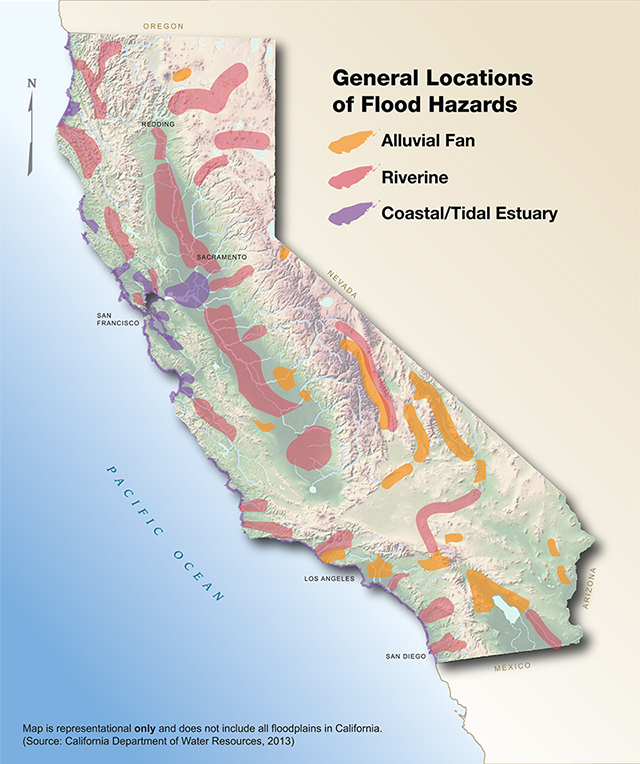California Flood Insurance

Eureka! California is a truly beautiful place, and that’s why so many have made it their home. However, many places in California run a high risk of flood related damage. That’s why it’s vital that if you live in a flood zone, that you acquire California flood insurance.
California Flood Insurance – is it required?
There’s a simple way to know if your property will require flood insurance in California, and you can check your property’s proximity to a flood zone by using the FEMA flood zone mapping system. Typically, if you are purchasing a property using a mortgage and the home resides in a high risk flood zone (often labeled A Zones) your lender will require you to carry California flood insurance as part of qualifying for the loan. What many people are not aware of is that there are private market California flood insurance alternatives to the Federal government’s NFIP program.
Save Flood Insurance Agency Inc is one of these private market alternatives, and we strive to provide a more affordable flood insurance policy. We can insure single family homes, condo units, a Master Condo HOA policy, or non residential buildings. We encourage you to look at your options regarding flood insurance and assess your risk. Although you may reside in a “low risk” flood hazard zone, it’s important to consider that every property can potentially get flood damage, and that a normal homeowner’s insurance policy does not cover flooding events.
California Flood Preparedness

California Flood risk map- image courtesy of http://www.water.ca.gov
There are many things homeowners can do in order to better prepare their properties and families against the peril of flooding.
Floodplains are generally flat areas adjacent to watercourses or the sea where water flows in time of flood or would flow, if not for the presence of flood protection. So, even if a community has flood protection provided by levees or sea walls, that community is still in a floodplain – it is just better protected than it would be without levees and sea walls because while levees and sea walls reduce the risk of flooding, they do not completely eliminate the risk or consequences of flooding.
However, floodplains are not always flat. They can also be sloped and curved as is the case with alluvial fans.
Because floodplains vary so widely in size, shape, and potential depth of flooding, probably the best way to think of floodplains is that they are any land area that is subject to inundation by flood waters from any source. And, this is where things can get a bit tricky: we can’t always see our potential flooding sources because of distance or other reasons, or we don’t think of small creeks or streams producing extreme flooding.
Due to California’s diverse geography, we have all three major types of floodplains: alluvial fan, coastal, and riverine as well as other, less common, types of floodplains.
To learn more about California Flood preparedness, please visit the California Department of Water resources flooding page.
**Save Flood Insurance Agency Inc policies are not available in City and County of Sacramento***
